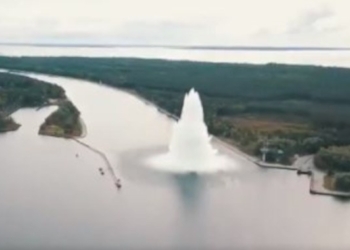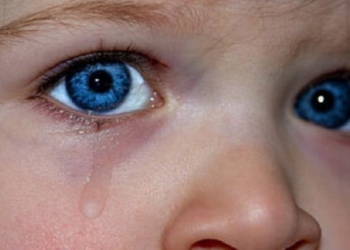
They captivate you with their radiance and unique beauty, simple elegance and luster. They bring the perfect touch of glow and iridescence to any outfit and they're the quintessential epitome of chicness. We're talking about the mesmerizing gems of the sea and ocean, aka the timelessly gorgeous pearls. If you are focused on being a responsible pearl jewelry lover, you want to make sure that your gorgeous string of pearls comes from ethical, environmentally-friendly sources.
Natural versus Farmed Pearls

Natural pearls are formed when an irritant, be it the case of a parasite or sand particle, enters the mantle, causing the oyster to produce a substance called nacre, which eventually develops into a pearl. Cultured pearls or farmed pearls are just as real as natural pearls, with the difference that they are produced under controlled conditions. While cultured pearls are not exactly the result of natural accidents, the pearl creation process is identical.
Many pearl lovers out there wonder about the origins of their treasured pearl jewelry pieces – and the fact is that these days, the vast majority of pearl jewelry creations feature cultured pearls. And that is actually good thing. In the absence of pearl farming, pearls were only found after opening and discharging thousands or tens of thousands of oysters. Due to the increasing concerns regarding oysters and mussels exploitation as a result of pearl hunting, pearl farming started to gain more and more popularity. Before the 20th century, pearls were exclusively obtained by brave free-divers on the hunt. The divers swam to sometimes dangerous depths in order to find the lustrous treasures of the sea. Not only is wild-hunting dangerous to the divers by potentially causing drowning, decompression sickness and hypothermia, but it can also cause environmental damages.
The Advantages of Pearl Farming

In the recent years, pearl farming has become one of the most sustainable solutions that minimize environmental impact. Healthy pearl farming practices present a wide range of advantages, not only to the marine life, but also to the local economies. Various studies have concluded the fact that healthy and safe farming practices help preserve the biodiversity of the ocean life, by allowing various species of fish to feed off the farmed shells. In addition, pearl farming promotes and sustains local economy, firstly by providing more job opportunities. Moreover, pearl farming directly promotes a healthier ecosystem, by offering the residents the possibility of making a living out of farming pearls instead of fishing – and as a result, preventing overfishing, which is a real problem in various areas of the world.
No Harm to the Oysters
A large portion of pearl jewelry aficionados out there are concerned with the process involved in obtaining their beloved pearls, as well as the effects of the various farming methods that produce their stunning jewelry pieces. But fact is, as long as healthy practices are applied, oysters are not harmed or killed during the farming process.
The process of farming saltwater pearls is in no way an easy one – and the most important element of the practice is no other than patience. Often using surgical-style instruments, farm workers carefully open the shells of the oysters and place a small bead made from another oyster into the mollusk’s reproductive organs. Next: waiting up to two or even three years in order to allow the oyster to form a lustrous, gorgeous pearl. The same farming process is applied in freshwater, with the exception that mussels are used instead of oysters, resulting in beautifully hued pearls in unique shapes. Given its wide range of advantages both on the ecosystem and on the local economy, these days, pearl farming is considered the more sustainable, eco-friendly solution, as long as healthy farming practices are at work.














